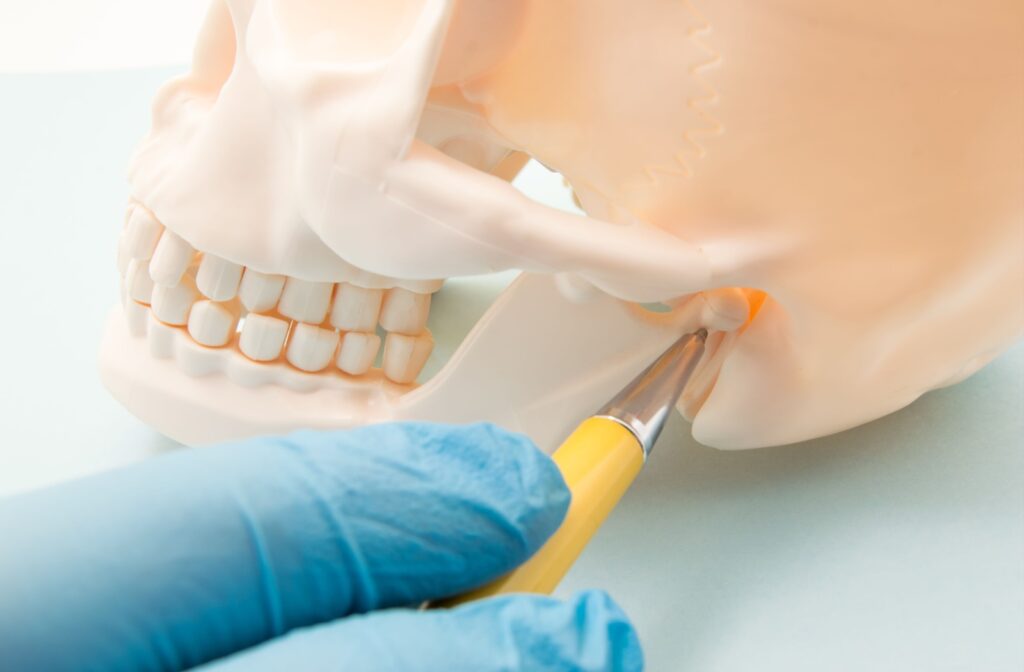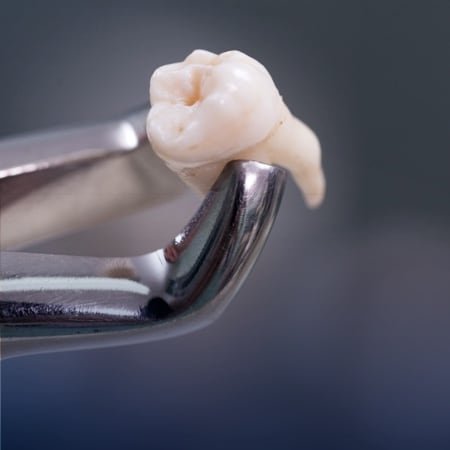Orthognathic surgery, also known as corrective jaw surgery, is a procedure performed to realign misaligned jaws and improve how your teeth fit together. While orthodontic treatments like braces are effective at straightening teeth, they can’t always address deeper issues related to jaw positioning. When the upper and lower jaws grow at different rates, or are misaligned due to injury or congenital conditions, orthognathic surgery may be recommended.
This procedure isn’t just about improving facial symmetry or aesthetics—it’s often necessary to correct functional problems such as difficulty chewing, chronic jaw pain, speech issues, or even breathing problems related to obstructed airways.
Unlike general dentists, who focus on routine care like cleanings and fillings, oral and maxillofacial surgeons complete years of advanced surgical training focused specifically on the jaw, face, and skull. This makes them uniquely qualified to diagnose and perform complex procedures that general dentists are not trained to handle.
Why Is Corrective Jaw Surgery Needed?
Jaw misalignment can cause a wide range of challenges—both functional and cosmetic. In many cases, patients experience issues like:
- Trouble biting, chewing, or swallowing
- Speech difficulties
- Chronic jaw or TMJ pain
- A protruding or recessed jaw
- An open bite (when the upper and lower teeth don’t touch)
- Sleep apnoea or other breathing challenges
These problems may be present from birth, develop over time due to genetics or environmental influences, or result from facial trauma. When braces alone can’t provide a solution, orthognathic surgery becomes a key part of treatment.
For example, an overbite (Class II malocclusion) occurs when the upper jaw significantly overlaps the lower jaw. This can lead to tooth wear, jaw discomfort, and excessive strain on the jaw muscles. Conversely, an underbite (Class III malocclusion) can result in the lower jaw jutting forward, affecting both appearance and function. In severe cases, a misaligned bite may also contribute to tooth sensitivity, loose teeth, or even long-term gum issues.
How the Orthognathic Surgery Process Works
Corrective jaw surgery is often a collaborative process involving your general dentist or orthodontist, especially when jaw issues are first identified during routine care.
However, patients can also seek a consultation directly with an oral and maxillofacial surgeon at CVOS. These specialists are uniquely qualified to assess and surgically correct jaw misalignment when orthodontic treatment alone isn’t enough.
From there, the surgeon conducts a comprehensive assessment, which may include dental impressions, x-rays, 3D imaging, and photographs to create a personalized surgical plan.
Pre-Surgical Orthodontics
Before surgery, most patients need orthodontic treatment to align the teeth in preparation for their new jaw position. Braces help ensure that once the jaw is repositioned, the teeth fit together properly.
The Surgical Procedure
Once the teeth are aligned, the surgery can proceed. Depending on your specific needs, the procedure may involve repositioning the upper jaw (maxilla), lower jaw (mandible), or both. During surgery, the bones are carefully moved into the correct position and stabilized using small plates, screws, or rubber bands.
This procedure is performed under general anaesthesia, in a surgical clinic setting. Patients are monitored for a brief period before returning home the same day.
Recovery & Healing
After surgery, a healing period is essential. You may be placed on a soft or modified diet and given detailed post-operative care instructions. Swelling, mild discomfort, and temporary changes in speech or bite are normal and expected. Most patients need a few weeks of downtime, and full recovery can take several months.
It’s important to understand that only oral and maxillofacial surgeons are qualified to perform orthognathic procedures. While general dentists may identify alignment concerns, they do not have the surgical training or experience to correct them.
The Benefits of Orthognathic Surgery
Corrective jaw surgery offers long-term benefits for both oral health and overall quality of life. Some of the key advantages include:
- Improved bite and ability to chew
- Reduced strain on jaw muscles and joints
- Relief from chronic pain, headaches, and TMJ issues
- Enhanced facial symmetry and balance
- Improved speech clarity
- Better breathing, especially during sleep
Patients often find that surgery not only alleviates their physical symptoms but also boosts their confidence in social and professional settings. The improvement in oral health, comfort, and appearance can be truly life-changing.

Frequently Asked Questions
Is jaw surgery painful?
Discomfort after surgery is common, but manageable with prescribed pain medications. Most patients report that the benefits far outweigh the temporary discomfort.
Will I need braces before and after the surgery?
Yes, orthodontic treatment is typically necessary before and after surgery to align the teeth. However, the surgical correction of the jaw itself must be performed by an oral and maxillofacial surgeon.
How long is the recovery period?
Initial recovery takes a few weeks, but full healing may take several months. Your oral surgeon will provide a detailed recovery plan.
Are the results permanent?
With proper care, the results of orthognathic surgery are long-lasting and often permanent. Regular dental checkups and good oral hygiene help maintain results.
Is this procedure covered by insurance?
In many cases, yes—especially if the surgery is deemed medically necessary. It’s best to consult with your insurance provider for specific details.
Is Corrective Jaw Surgery Right for You?
Corrective jaw surgery is a powerful treatment option for patients dealing with functional jaw problems and aesthetic concerns. While it is a more involved process than braces alone, the long-term improvements in oral function, comfort, and facial appearance are often well worth it.
At CVOS Oral Surgery, our experienced team of oral and maxillofacial surgeons is here to provide the highest level of surgical care. Our oral and maxillofacial surgeons lead your care, collaborating with your general dentist and orthodontist to ensure a seamless and expert-guided treatment plan tailored to your unique needs.
Contact us today to schedule a consultation and find out if orthognathic surgery is right for you.









